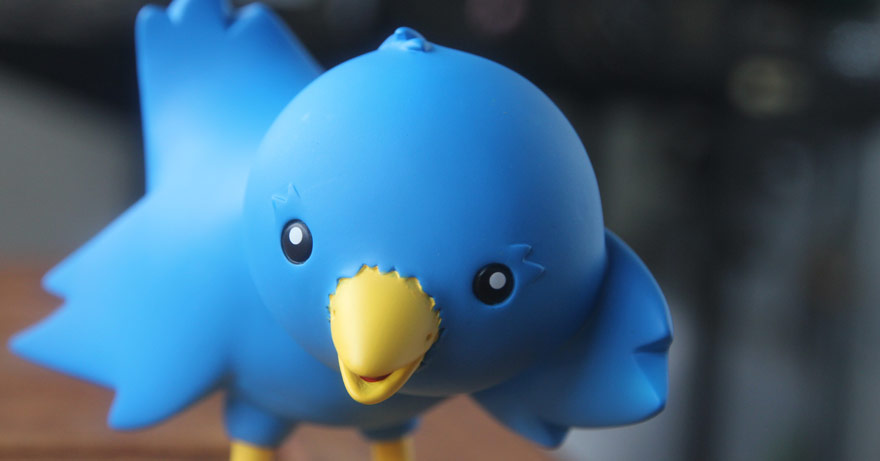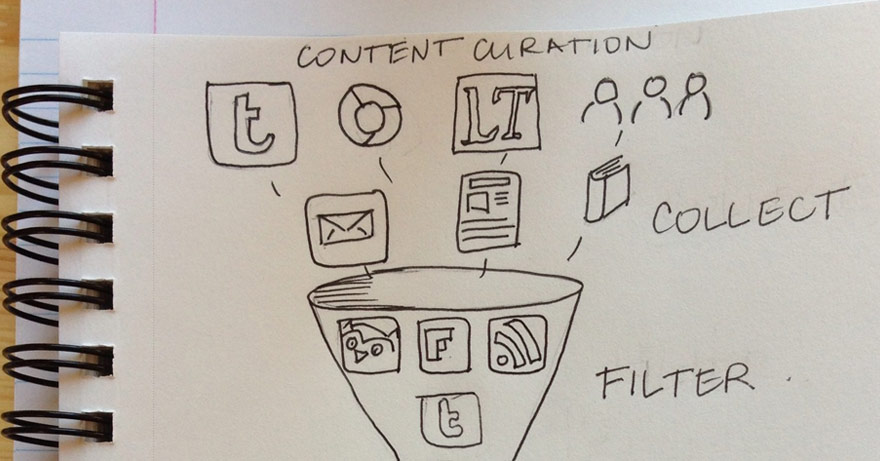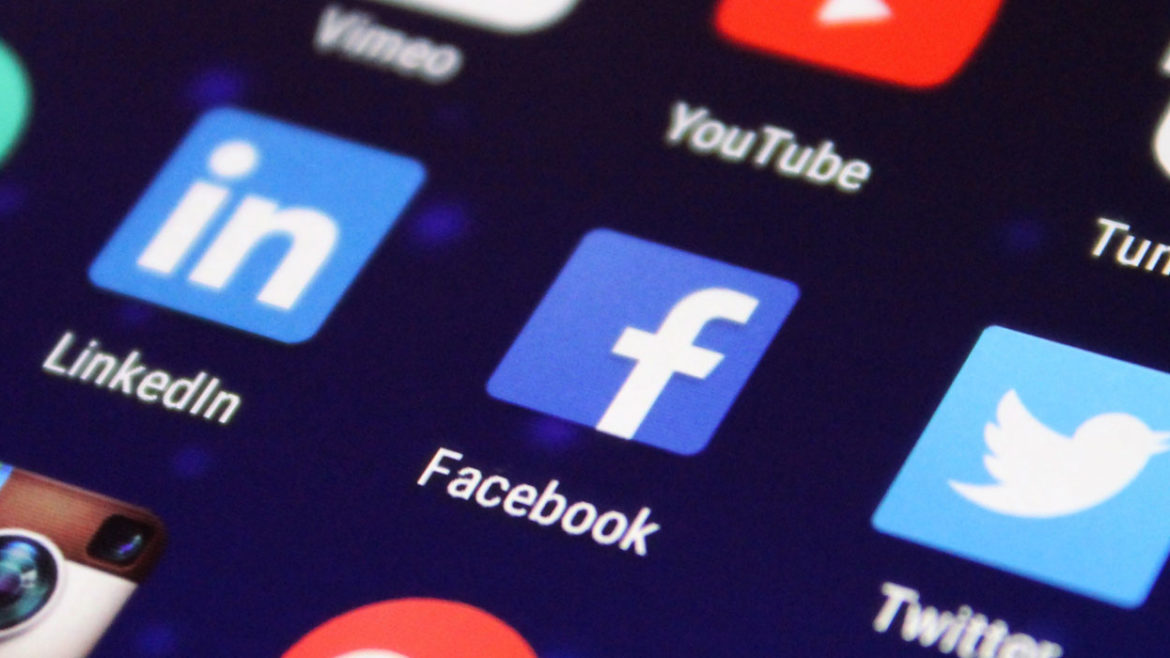Today, social media’s impact on restaurants is more significant than ever. Whether that impact is positive or negative depends on how a restaurant executes a social media strategy. If done right, social media can have massive marketing power at a minimal cost.
But just creating social media accounts and aimlessly pushing out self-promoting content is not enough. These basic social media marketing tips will help increase your restaurant’s reach and engagement and get more people in your door.
Know Your Audience
Before creating a social plan, you first have to define your restaurant’s audience. Age, gender, location, and interests are just a few of many qualities you may want to consider. Once you establish the audience, the next thing to do is determine on which platforms that audience is active. These platforms are where you’ll start.
Taco Bell, whose target market is 18-34 year-olds, knows that 71% of Snapchat users are between 18-34 years old. So, naturally, that’s where their social media efforts are focused. They post daily on Snapchat, and only about one or twice a week on Facebook and Twitter.
Once you know your audience and what platforms they’re on, the next step is speaking their language. Taco Bell does this by using phrases made popular by millennials and Generation Z like “it’s lit” and “extra.” But this can backfire if you’re not careful. Being genuine is key on social media. Avoid posting anything that seems unnatural to you because if it seems forced to you, it probably seems forced to your audience too.
Word of Mouth Marketing
The restaurant industry has always relied heavily on word-of-mouth marketing. Organic word-of-mouth is when a friend goes to a restaurant and raves to you about how amazing their experience at that restaurant was. Next time you’re looking for a place to eat, you may consider this restaurant based on your friends’ recommendation.
Social media word-of-mouth is the same idea. Except instead of personal recommendations, people may look to tweets or Facebook reviews. In fact, 84% of consumers trust online reviews as much as personal recommendations.
You can’t afford to ignore feedback on social media. If your restaurant receives a negative review, it’s crucial to respond as soon as possible by acknowledging the problem, apologizing, and offering an incentive to get them back in your door. This builds credibility and trust with that specific reviewer, and with everyone else who visits your review page.
Addressing positive feedback is also helpful. A customer that goes out of the way to share a good review is a customer you want to keep. Responding to their feedback is the cherry on top of their experience that can turn a one time reviewer into a lifetime brand advocate.
Share Valuable Content
Valuable content, whether it’s informative, engaging, or entertaining, gives customers an incentive to follow your restaurant and keeps them continually coming back for more.
You should share anything that may affect your audience’s ability to visit your restaurant, such as construction in the area, holiday hours, special events, and more. This kind of communication helps customers feel involved and ultimately can establish customer loyalty.
“Behind-the-scenes” content is also a valuable tool. This could include employee spotlights, a “sneak peek” at new menu items, and other back-of-house happenings. When you pull back the curtain, you’re creating a sense of inclusivity and developing an emotional connection with your customers. Having this kind of relationship with customers is invaluable to a restaurants success.
Encourage User-Generated Content (UGC)
To capitalize on these posts, many restaurants implement campaigns encouraging customers to use a hashtag unique to their restaurant. To further incentivize customers to share, restaurants often make it a competition, offering SWAG or gift cards to the most creative post.
Not only can user-generated posts take some content building responsibilities off your shoulders, but it also acts as a valuable endorsement, since consumers value peer opinions more so than a brand’s cleverly written sales pitch.





















